#Plants of the United Kingdom
Photo
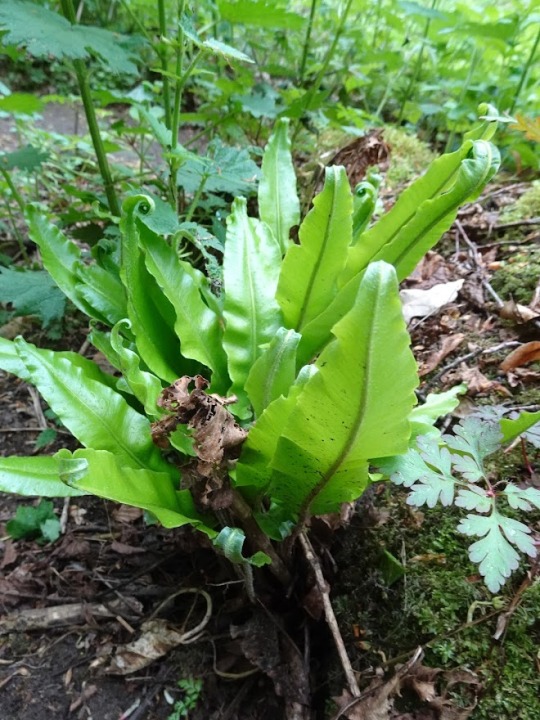
A beautiful and striking hart’s tongue fern, Asplenium scolopendrium, at Dimmingsdale Wood in Stoke-on-Trent. According to the Woodland Trust, it’s an indicator of ancient woodlands. This species grows all over the world, but is increasingly rare in a number of places, particularly in North America, due to habitat loss. It also experiences infection with Milesina scolopendrii, hart’s tongue rust, which has an unusual lifecycle similar to better-known juniper-apple rust, Gymnosporangium juniperi-virginianae, in that it can alternate between infecting the hart’s tongue fern and fir trees.
Hart’s tongue fern used to be considered a medicinal “cure all”, said to help with anything from dysentery to coughs. Other ferns in its genus were called spleenworts in Europe and said to cure ailments related to the spleen, but this was just because they had spleen-shaped sori. Sympathetic magic and the doctrine of signatures, in which people believed plants would help cure ailments associated with body parts that they looked like, were popular for centuries, especially thanks to Paracelsus. Those are now recognized as pseudoscience, fortunately - many of the plants purported to have medicinal benefits due to the doctrine of signatures are toxic and/or carcinogenic. These days, hart’s tongue is used mostly as an ornamental plant, a purpose for which it is much better suited.
#Asplenium scolopendrium#hart's tongue fern#Plants of the UK#Plants of England#ethnobotany#doctrine of signatures#the doctrine of signatures was EXTREMELY dangerous and I am so glad we know better now#Plants of the United Kingdom
75 notes
·
View notes
Text
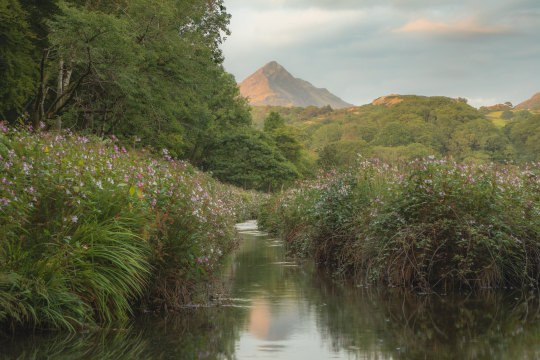
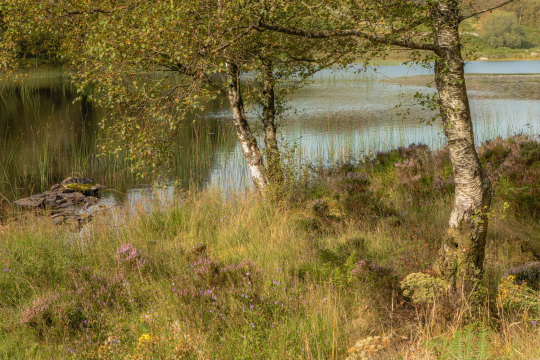
Snowdonia National Park, United Kingdom by Brad Carr
#landscape#river#nature#summer#trees#plants#photography#united kingdom#travel#naturecore#curators on tumblr#uploads
1K notes
·
View notes
Text
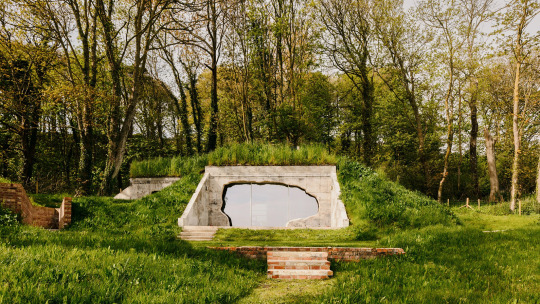







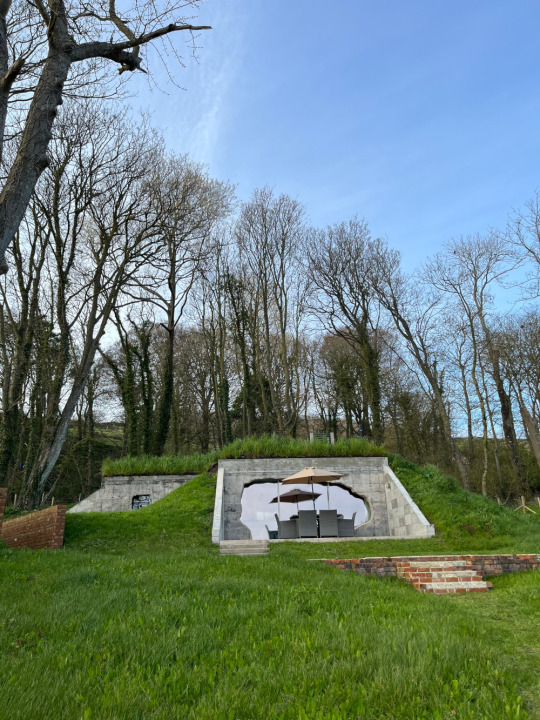

Transmitter Bunker, Ringstead, Dorset, United Kingdom,
Lipton Plant Architects
#art#design#architecture#minimal#nature#interior design#minimalism#interiors#retreat#bunker#dorset#united kingdom#beach house#transmitter#lipton plants#sustainability#renovation#second world war#concrete
706 notes
·
View notes
Photo
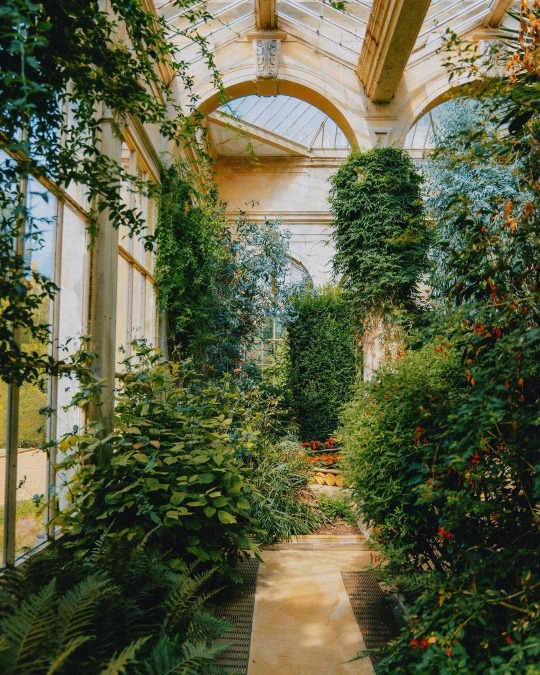
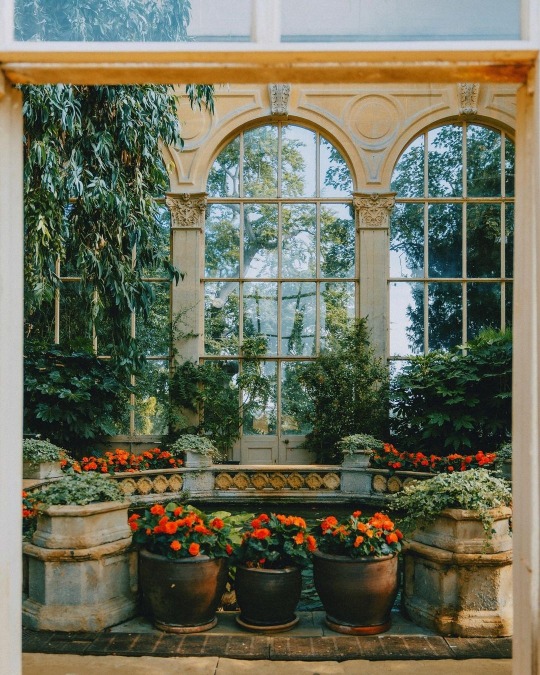


Castle Ashby Gardens 🍃 | Daniel Casson
Castle Ashby House, Castle Ashby, Northamptonshire, England
#Castle Ashby house#castle ashby#Northamptonshire#England#United Kingdom#uk#elegant countryside#conservatory#Garden#edit: garden#plants#nympheas#flowers#waterlilies#my edit
3K notes
·
View notes
Text

Led Zeppelin
#led zeppelin#robert plant#jimmy page#john paul jones#john bonham#classic rock#hard rock#united kingdom
21 notes
·
View notes
Text
youtube
As urban expansion quickly replaces natural habitats, façade engineer Alistair Law has discovered a new way to restore native ecosystems for pollinators and create natural spaces for us all within cities – by turning the walls of buildings into meadows.
Alistair has developed his “Vertical Meadows” as a way to combat biodiversity loss in the heart of cities like London. To do it, he’s targeting the vertical surfaces of buildings and installing seasonal living walls of plants that are native to the region, grown directly on-site. The engineering builds on existing systems so the plants thrive year-round with limited need for water, and installation remains simple and cheap. He gets his seeds from Donald Macintyre, who grows a wild array of native plants with the help of his daughter (and some Shire horses). Together, they hand-harvest each flower to provide a biodiverse mix of 50 different native species.
Alistair is joined by Scarlett Weston of BugLife at a vertical meadow in full bloom in downtown London. She’s monitoring bees visiting the meadow, and hopes more pollinators will use these sites as stepping stones across the city, helping to bridge gaps along larger corridors she’s establishing across the UK.
Learn more about this story and ways that YOU can get involved in saving your local biodiversity by becoming a Wild Hoper:
Follow us: / wildhopetv
Join our community: https://wildhope.tv
Get our newsletter: http://eepurl.com/irGMng
Share this with a friend!
#nature on pbs#wild hope#solarpunk#Alistair Law#vertical garden#Vertical Meadows#living wall#native plants#plants#meadow#london#England#living walls#Donald Macintyre#Scarlett Weston#BugLife#uk#united kingdom#britain#Youtube
48 notes
·
View notes
Text
England♡






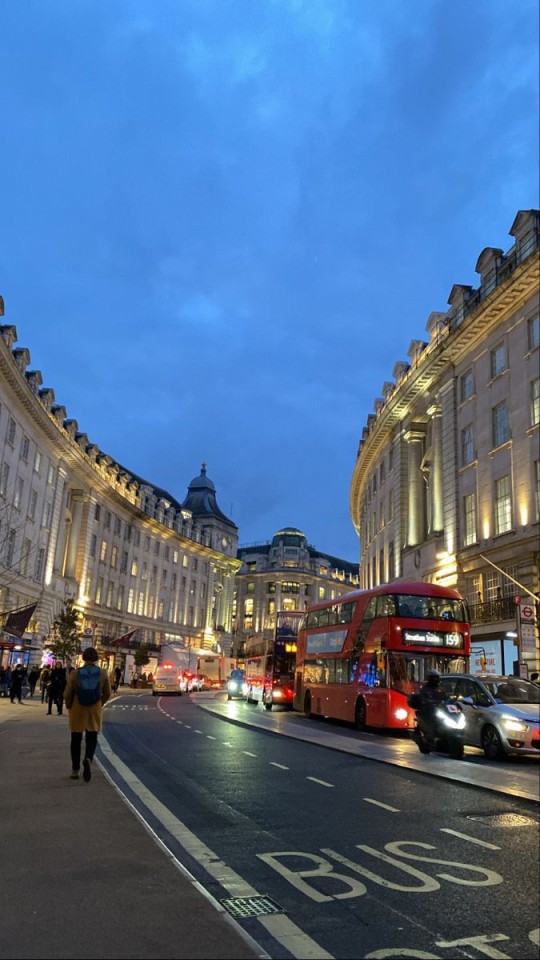


#pedro pascal#original character#neil gaiman#natural hair#mua#plants#margot robbie#motd#accounting#misha collins#england#yorkshire#germany#scotland#united kingdom#netherlands#london#washington dc#france#manchester#new york
36 notes
·
View notes
Text
UK Gardeners Playing Key Role on Frontlines of Detecting Future Invasive Plants–Get Involved https://www.goodnewsnetwork.org/uk-gardeners-playing-key-role-on-frontlines-of-detecting-future-invasive-plants-get-involved/
#good news#united kingdom#environmentalism#science#environment#invasive species#invasive plants#gardening#nature
8 notes
·
View notes
Link
“Think of Birmingham and what springs to mind? Probably not blossom-filled orchards. But once upon a time, England’s second city was surrounded by fruit trees, earning it the moniker “the town ringed by blossom.”
That nickname fell out of favour as the trees were torn up to make way for houses and factories, those engine rooms of the Industrial Revolution. According to the National Trust, a conservation charity, Birmingham has lost 85 per cent of its orchards since the 1900s.
But [in January], a project launched to bring blossom back to “Brum.” [On January 17th], the first of 600 fruit trees were planted along the number 11 bus route, which loops around the city and is believed to be the longest bus route in Europe.
The National Trust donated the trees to residents, community groups and schools along the route, and believes the project will “create an important legacy for the city.”
“Blossom is not only beautiful, it’s also vital for the wellbeing of our environment – and for us,” said Lucy Reid, who is leading the project. “It is great for pollinators, such as bees, which help trees produce fruit, and the trees also help to clean the air we breathe by absorbing carbon and producing oxygen.”...
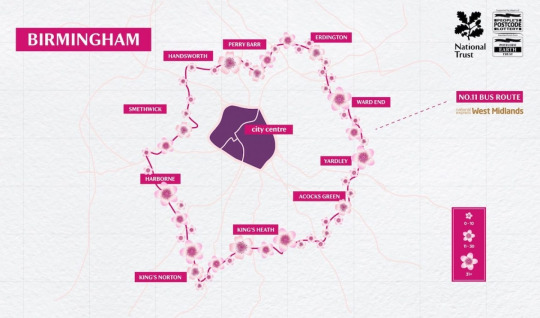
Birmingham’s blossom project is the latest stage of a programme run by the National Trust, which has been planting trees in major UK cities.
The first to be created was the London Blossom Garden in east London. It opened in May 2021 to commemorate those who lost their lives to coronavirus. Fruit trees have also been planted in other cities including Plymouth, Nottingham and Newcastle.”
-via Positive News, 1/17/23
#england#united kingdom#uk#birmingham#orchard#blossom#flowers#public transit#biodiversity#london#tree planting#good news#hope
72 notes
·
View notes
Text

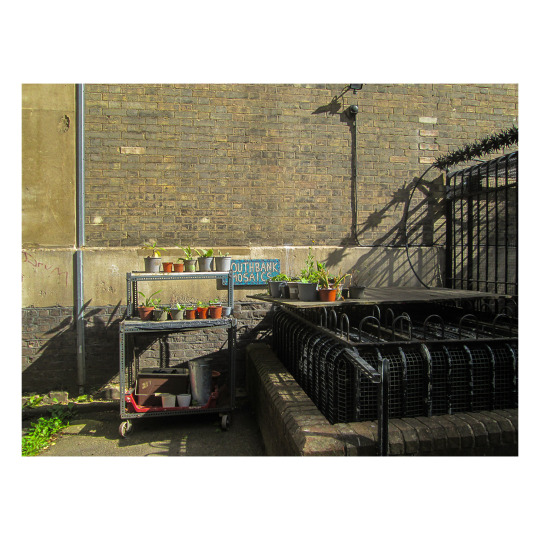


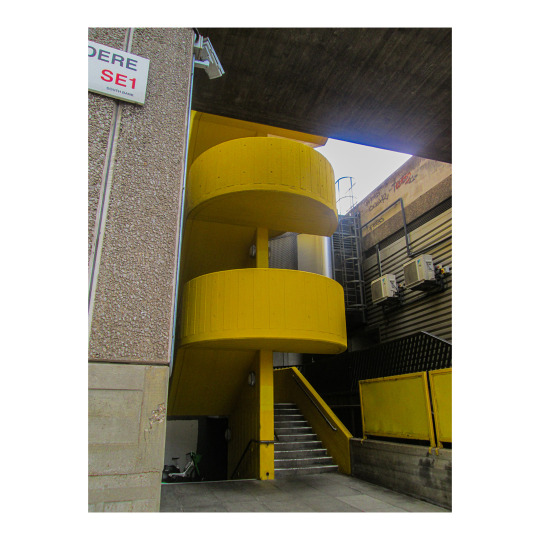

i'm living in the uk for a month. trying to get used to it.
#canon#digicam#y2k#photography#queer#emo#brutalist#concrete#architektur#architecture#archilovers#brutalism#modern architecture#garden#plants#london#uk#england#united kingdom#south london#urban#street#street photography
40 notes
·
View notes
Text

Robert Anthony Plant, born August 20, 1948
Happy 74th Birthday!
102 notes
·
View notes
Photo


Lousewort, probably Pedicularis sylvatica, below the Steall Waterfall in Glen Nevis. Pedicularis are often found in acidic, nutrient-poor areas. They’re able to do this because they’re hemiparasitic and “steal” nutrients from the roots of neighboring plants, while also doing some photosynthesis of their own.
The common name “lousewort” is derived from a 17th century belief that eating Pedicularis would cause livestock to get lice. This wasn’t entirely silly - as Jim Pojar and Andy MacKinnon point out in their field guide to Pacific Northwest plants, there probably was a correlation between livestock being grazed on nutrient-poor areas where Pedicularis live and the livestock being weak and consequently infested with parasites.
#common lousewort#Pedicularis sylvatica#Steall Waterfall#an steall bàn#plants of Scotland#plants of the United Kingdom#hemiparastic plants#parasitic plants#Pedicularis#orobanchaceae
50 notes
·
View notes
Text
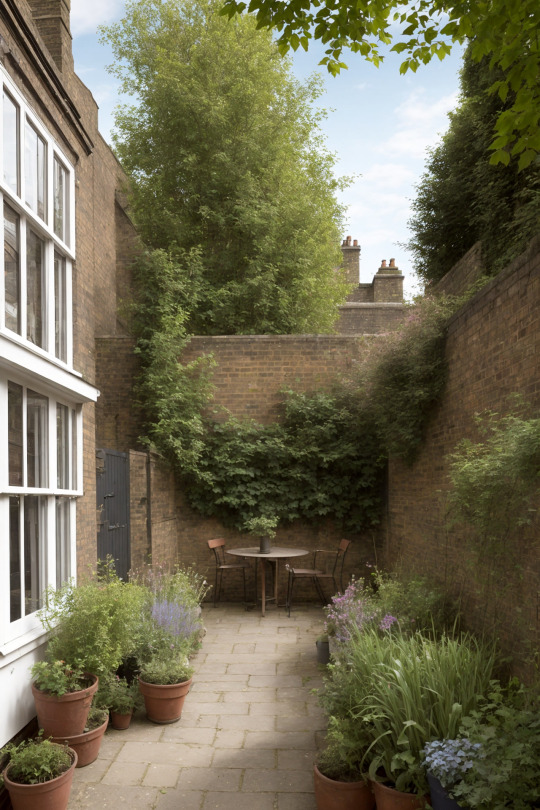
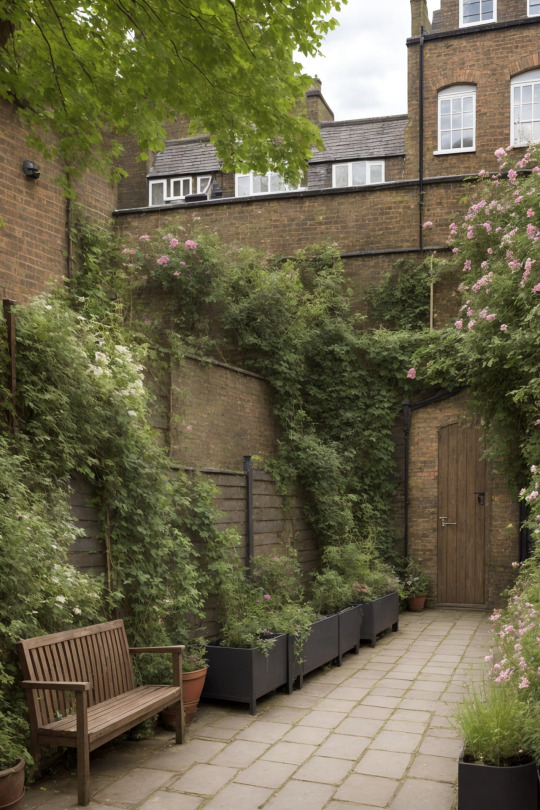


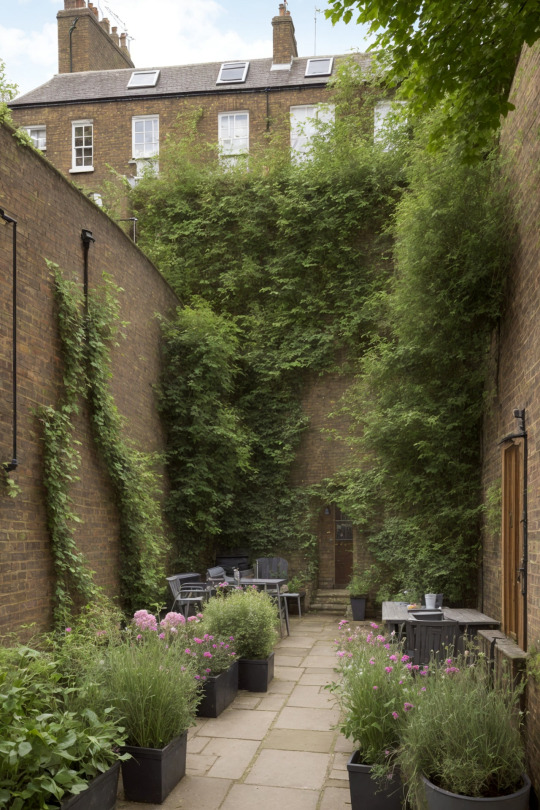
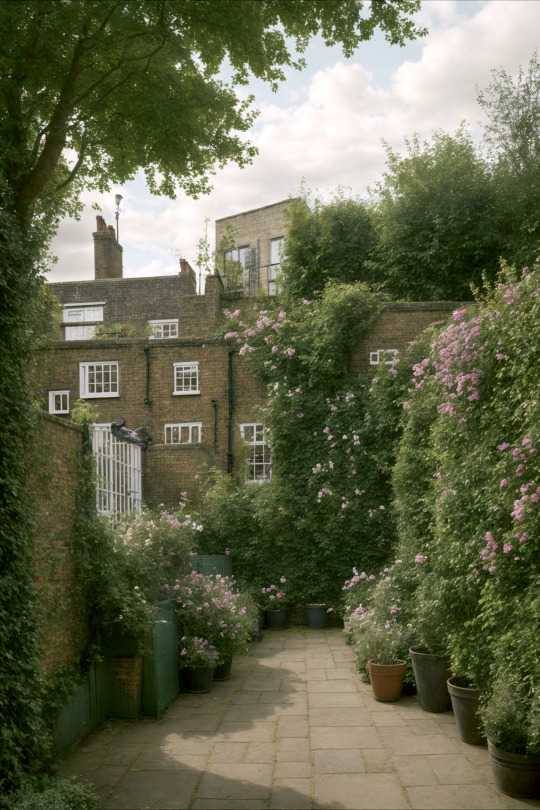
#ai generated#ai image#ai photography#stable diffusion#backyard#garden#backgarden#potted plants#plants#green#london#british#home decor#garden decor#decoration#stone house#urban#england#britain#united kingdom
2 notes
·
View notes
Text
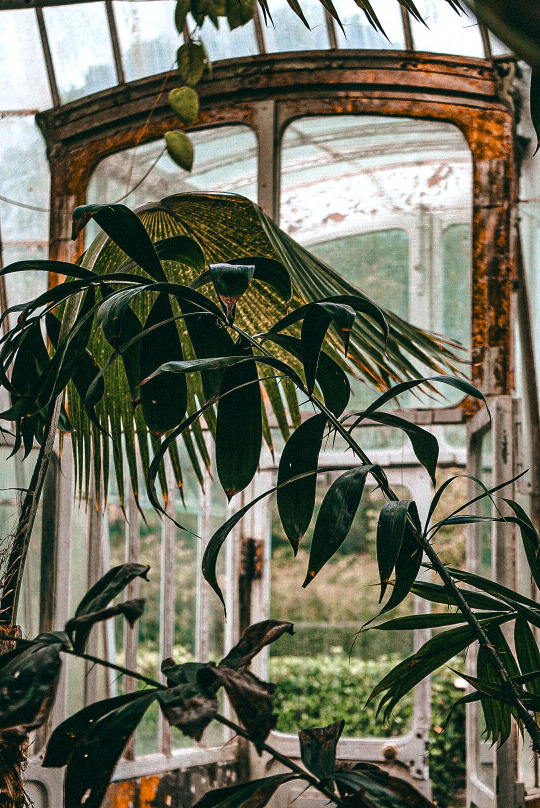

10 october 2023 — kew gardens
#kew gardens#united kingdom#england#greenhouse#plants#tropical house#my photography#sorry ive only really been posting my photos#irl life is taking up everything rn#i had an hour so ive queued some stuff#mine
4 notes
·
View notes
Video
Castle Ashby Gardens 🍃 | Daniel Casson
Castle Ashby House, Castle Ashby, Northamptonshire, England
#Castle Ashby house#castle ashby#Northamptonshire#England#United Kingdom#uk#elegant countryside#conservatory#Garden#edit: garden#plants#nympheas#flowers#waterlilies#my edit#video
353 notes
·
View notes
Text

Led Zeppelin
#led zeppelin#robert plant#jimmy page#john paul jones#john bonham#classic rock#hard rock#united kingdom
20 notes
·
View notes